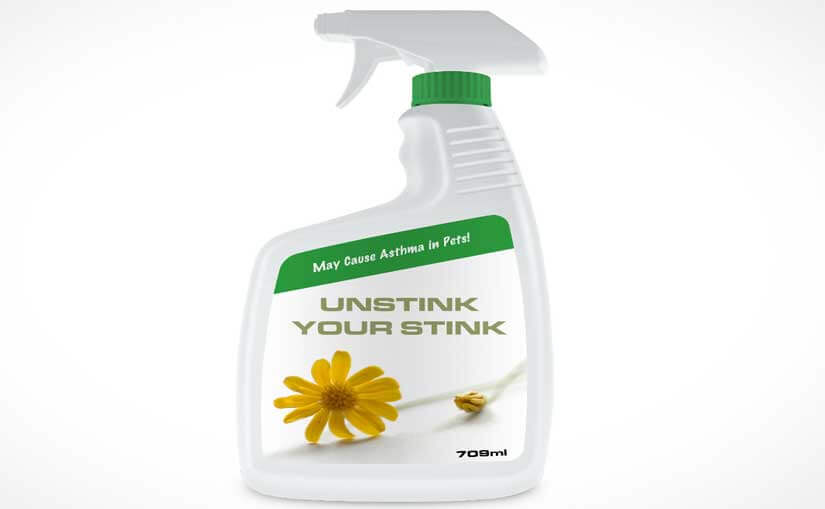Having a lush, green lawn is every lawn owner’s dream. Whether it’s the front yard or the backyard it is always a relaxing thing to have greenery around the home. If your septic system is efficiently functioning and a free-flow of effluent is present, then you will have no problem with maintaining the perfect grass. But when you suddenly see patches of yellow grass over the area of your septic system, then be warned. This is a sign of a septic system failure.
Yellow grass or dead grass on a different part of your lawn could tell you that the area is not sufficiently watered or cared for, but yellow grass over the septic tank area tells you that the system has entered into the beginning stages of failure. This is because the soil that’s supposed to be the leach field or the drain field doesn’t have enough depth to retain water or moisture. Read on for the more specific details of why there’s yellow grass over your septic system:
- Failure in hydraulics
The hydraulic of the septic system fails when it cannot manage purifying the wastewater and effluent anymore. This happens when there is a clog or blockage in the system, which prevents the liquids from being dispersed into the surrounding soil. The dispersed effluent is supposed to be further broken down by the bacteria present there. The specific blockage or clog creates an unclean environment for the grass. The non-degraded wastes act as a poison to the lawn with the byproduct gases choking away the lawns ability to create chlorophyll. This can also be evident in the strong smells coming from that area.
- Soil depth inefficiency
Another cause of yellow grass over the septic tank is the top layer of soil over the septic tank is very thin for the grass roots to freely grow. When the grassroots lengthen, they immediately feel the block from the tank below or enter into the leach bed area which is toxic to the grass due to its carbon dioxide and high nitrogen levels. This thin layer of soil also won’t be able to hold moisture that will sustain the roots of their needed nutrients to really stay healthy and lush. The width of the septic tank will also hinder the grass from accessing water from the soil surrounding the tank as well.
This kind of problem can be usually be solved by determining what the issue at had is and then correcting it. If the soils depths are an issue, raise the light areas up with the addition of soils. Gently rake new soil over the depressed or shallow areas so as to allow more depth for the grass roots to exist in. Remember to never dump soil over your field lines, rather, have the soil dumped nearby and rake it over.
If the soils are fine depth wise, the slowdown of performance within your system needs to be addressed so as to alleviate the pressures forcing liquid or gases to the upper soil levels. If damage exists, the septic tank needs to be emptied during repairs. This is done with a special hose through which the effluent will pass through. Clear the area of children and pets while the repairs are going on. If the system is in need of bacteria remediation, follow manufacturer instructions closely and avoid excessive water use throughout the treatment stage.
To prevent your grass bed from dying or turning yellow, you should only plant the grass on topsoil that is at least six inches thick. This will allow a large soil allowance for the grass roots to grow and get firmly established. The area should also be free of people and pets so that the grass will have the space and the freedom to grow and spread. Over time, add more soil to the area until it is more than enough to sustain grass growth. You could also reseed from time to time to ensure a healthy continuity of grass generations over your septic system. It is important for you to maintain your lawn grass healthy over the septic system because their horizontal roots prevent erosion and collapse over the system.
Yellow grass is a “sign” that something is happening. It’s best to take a very proactive approach when dealing with septic issues and whatever the diagnoses, be expedient in your endeavor to correct the issue. While discoloration of grass may be a temporary issue, not addressing the issue quickly can lead to more severe problems which of course will be much more costly in the end.


